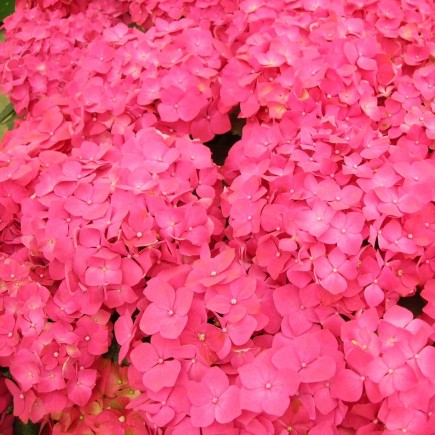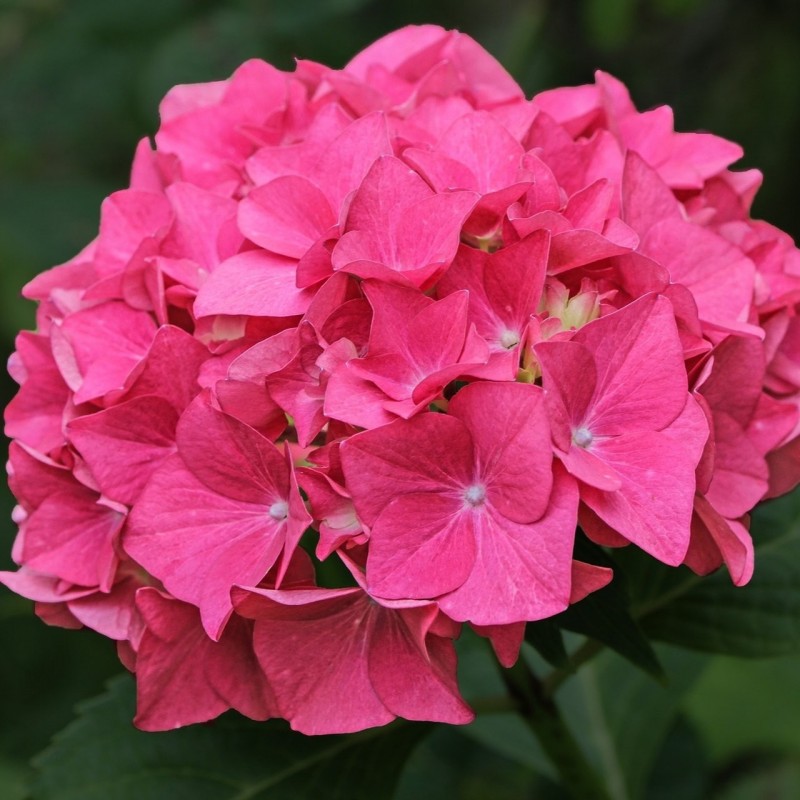Masja Hydrangea: The Ultimate Guide To Growing And Caring For This Stunning Flower
Masja Hydrangea: The Ultimate Guide to Growing and Caring for This Stunning Flower
Hydrangeas are some of the most popular flowering shrubs in the world, and for good reason. They are known for their large, showy blooms that come in a variety of colors. Masja hydrangea is a particular favorite among gardeners, thanks to its beautiful pink flowers and easy-care nature.
If you are thinking about adding a Masja hydrangea to your garden, this guide will tell you everything you need to know about growing and caring for this stunning flower.
Introduction
Masja hydrangea (Hydrangea macrophylla 'Masja') is a deciduous shrub that is native to Japan. It grows to be about 2-3 feet tall and wide, and it blooms in the summer with large, pink flowers. The flowers are borne on conical panicles, and they can reach up to 12 inches in diameter.
Masja hydrangea is a relatively easy plant to grow, and it is relatively pest- and disease-free. It prefers part shade, but it can tolerate full sun if it is watered regularly. The soil should be rich and well-drained.
Main Content
Planting
The best time to plant Masja hydrangea is in the spring or fall. Choose a location that receives partial shade. The soil should be rich and well-drained. If you are planting in a container, use a potting mix that is specifically designed for hydrangeas.
Watering
Masja hydrangea needs regular watering, especially during the summer months. The soil should be kept moist, but not soggy. If the leaves start to wilt, it is a sign that the plant needs more water.
Fertilizing
Masja hydrangea should be fertilized once a year in the spring. Use a balanced fertilizer, such as 10-10-10.
Pruning
Masja hydrangea does not need to be pruned heavily. However, you should remove any dead, diseased, or damaged branches in the spring. You can also trim the plant to keep it in shape.
Overwintering
In colder climates, Masja hydrangea may need to be protected from the cold. Mulch the ground around the plant with a few inches of organic matter, such as bark chips or leaves. You can also cover the plant with a burlap sack or other protective material.
Propagation
Masja hydrangea can be propagated from cuttings. Take cuttings in the spring or summer from healthy, non-flowering stems. The cuttings should be about 4-6 inches long. Dip the bottom of the cutting in rooting hormone, and then plant it in a pot of well-draining potting mix. Keep the soil moist, and the cutting should root in a few weeks.
Problems
Masja hydrangea is a relatively problem-free plant. However, it can be susceptible to a few pests and diseases, such as aphids, scale, and leaf spot. If you see any problems, treat them promptly with an appropriate insecticide or fungicide.
Conclusion
Masja hydrangea is a beautiful and easy-care plant that is perfect for any garden. With proper care, it will thrive for many years to come.
The masja hydrangea is a beautiful and versatile shrub that can be grown in a variety of climates. It is known for its large, showy flowers that can be pink, blue, or white. Masja hydrangeas are also relatively easy to care for, making them a great choice for both experienced and novice gardeners.
If you are interested in learning more about masja hydrangeas, I encourage you to visit . This website has a wealth of information about the plant, including its history, care requirements, and different varieties. You can also find photos and videos of masja hydrangeas in bloom.
FAQ of masja hydrangea
Question 1: What is a Masja hydrangea?
Answer: A Masja hydrangea is a deciduous shrub that is known for its large, showy flowers. It is a member of the Hydrangea genus, and it is a variety of the macrophylla hydrangea. Masja hydrangeas typically grow 2-3 feet tall and wide, and they have a round habit. They are best grown in part shade, in rich, medium moisture, well-drained soils. Full sun is tolerated if constant moisture is provided.
Question 2: How do I care for a Masja hydrangea?
Answer: Masja hydrangeas are relatively easy to care for. They need regular watering, especially during the summer months. They also benefit from being fertilized in the spring and fall. In the fall, it is important to prune Masja hydrangeas to encourage new growth the following spring.
Question 3: What are the colors of Masja hydrangea flowers?
Answer: The colors of Masja hydrangea flowers vary depending on the pH of the soil. In acidic soils, the flowers will be blue. In alkaline soils, the flowers will be pink. The flowers can also be a combination of blue and pink.
Question 4: How long does a Masja hydrangea live?
Answer: Masja hydrangeas are long-lived shrubs, sometimes living for up to 50 years if properly cared for.
Question 5: What are some common pests and diseases that affect Masja hydrangeas?
Answer: Some common pests that affect Masja hydrangeas include aphids, spider mites, and scale insects. Some common diseases that affect Masja hydrangeas include powdery mildew and leaf spot. If you notice any pests or diseases on your Masja hydrangea, it is important to treat them promptly.
Image of masja hydrangea
- Image 1: A close-up of a white masja hydrangea flower. The petals are delicate and frilly, and the center of the flower is a deep pink.

- Image 2: A full bloom of a masja hydrangea. The flowers are arranged in a conical shape, and the colors range from white to pink to deep purple.

- Image 3: A masja hydrangea growing in a garden. The plant is covered in flowers, and the leaves are a deep green.
- Image 4: A masja hydrangea in a vase. The flowers are arranged in a simple vase, and they make a beautiful centerpiece.
- Image 5: A masja hydrangea in a terracotta pot. The plant is thriving in the pot, and the flowers are a vibrant pink.

Post a Comment for "Masja Hydrangea: The Ultimate Guide To Growing And Caring For This Stunning Flower"